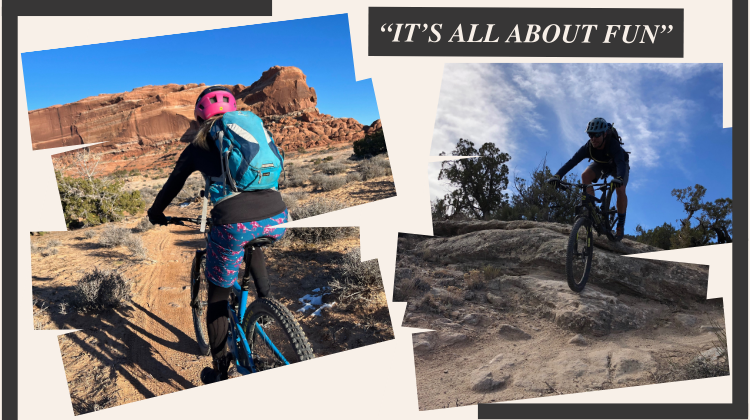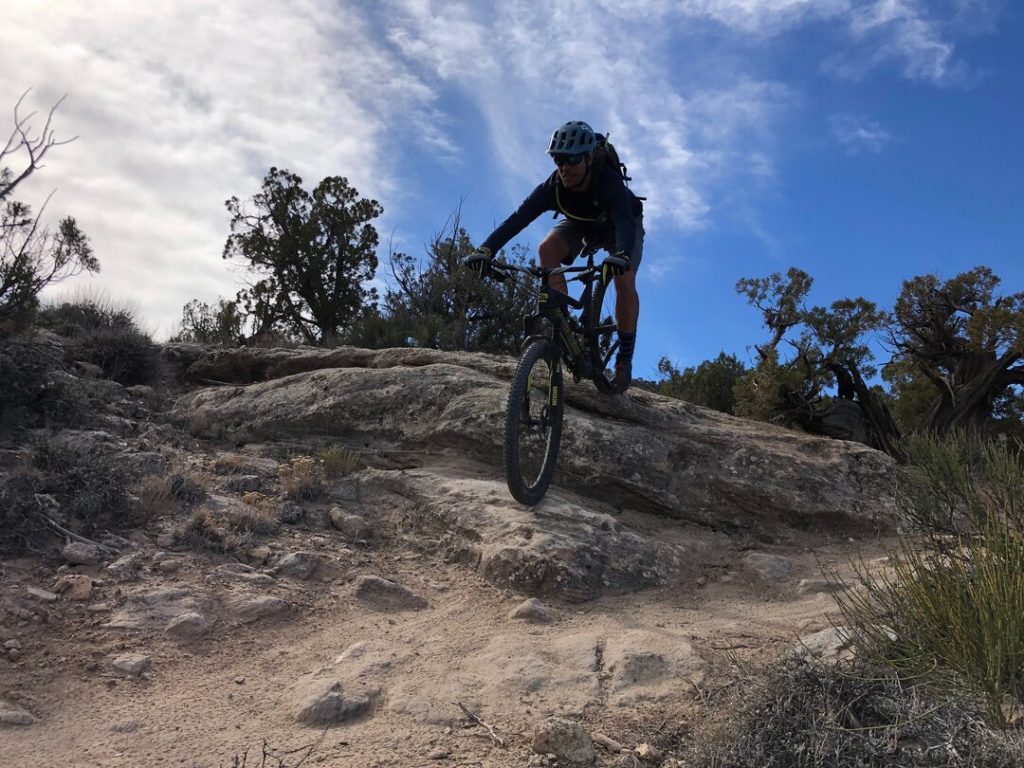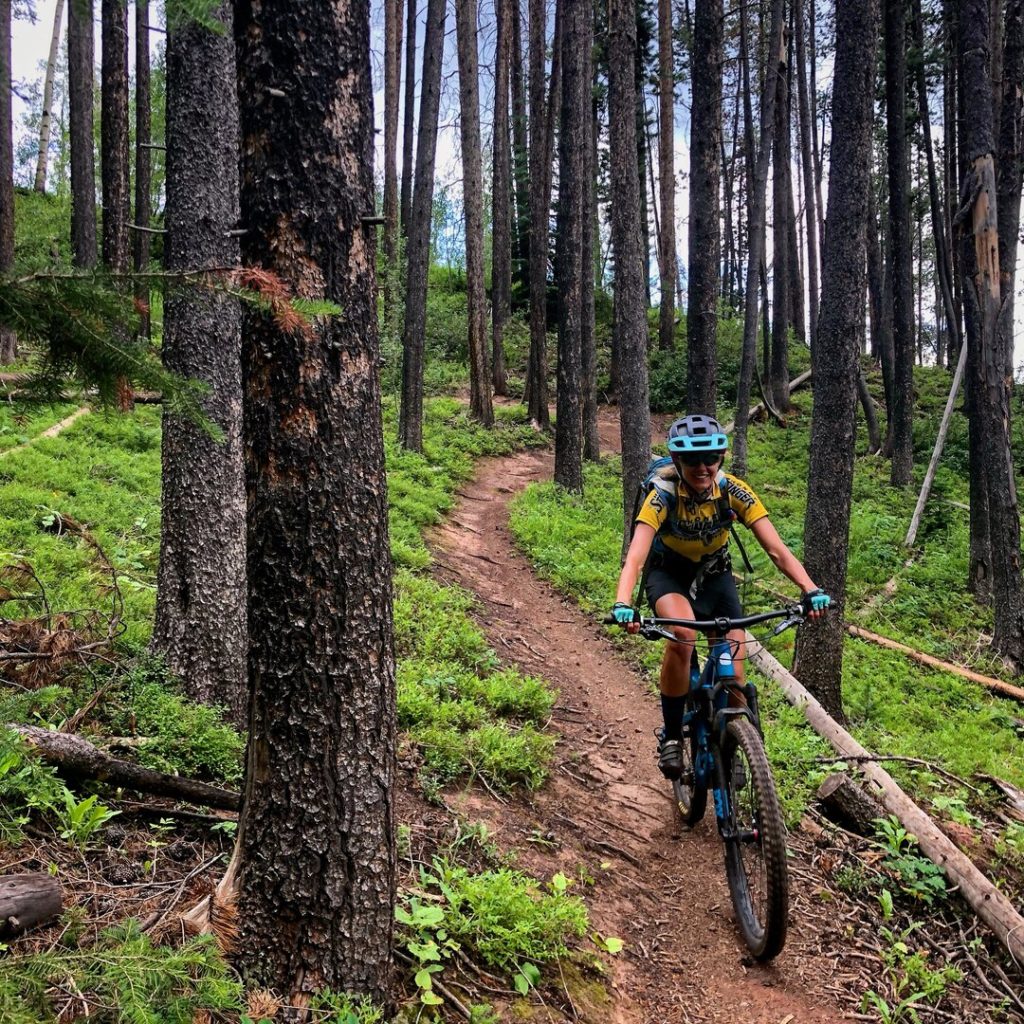
“It’s all about fun!”
That is the opinion of Ski Haus bike fitting guru Corwin Gugel regarding cycling. In order to help Yampa Valley residents to have as much fun as possible, he has dedicated his life and education to ensuring that bikes match their riders as opposed to riders having to adjust to their bikes.
Ski Haus is a rarity in the bike fitting world, not only due to the expertise of Gugel, but also due to the fact that they stock a wide selection of bike components. This allows for both adjustments and part replacement as part of the fitting process. Further, close proximity to a variety of trails and roads allows riders to test the adjusted fit and then return for additional adjustments if needed.
“You definitely want to get the right geometry for the 90% of riding that you are going to do,” said Gugel.
Modern mountain and gravel bikes are getting “longer and lower”, according to Gugel. Additionally, stems are getting shorter and bars are getting wider. These generic advancements must be tailored to the rider’s body and style.
“People don’t think about the bar, they just get on it and ride it,” explained Gugel. “Generally, what we can do is start looking at shortening the width of the bar, which impacts the shoulder width.”

On mountain bikes, handlebar back sweep impacts the side-to-side wrist angle. This affects blood flow and nerve pathways to the hand. Finger pain and numbness can be improved by adjusting the sweep of the bar, which increases support in the grip. Gloves with different types of padding, and the adjusting lever angle to optimal positions, can help as well.
For gravel riders, the flare and drop of the bar needs to be taken into consideration. Again, both geometric aspects impact the wrist position.
While the negative impacts of an improperly set up bike cockpit on the body are paramount, the impacts on handling can also be less than ideal. Handlebars that are too wide will not be smooth and nimble through corners, with the rider experiencing a feeling of over-steering. This can also result in hand numbness, shoulder issues, kinking in the upper neck, and negative impacts on vision. Bars that are too narrow will result in a twitchy, overly sensitive steering sensation.
Optimal stem length is linked to the offset of the bike’s fork, which is the measurement from the center of the fork to the center of the axle. Ideally, the measurement of the stem should match the offset of the fork. This results in a balanced steering platform. A stem that is too long could result in the elbows being “locked” forward, which hampers their ability to serve as an additional suspension system.

Saddle position also plays a factor in the reach of the bike. A saddle that is too far back or forward places the arms and hands in a less-than-optimal position. On mountain bikes, a saddle that is parallel to the bars is most comfortable while a saddle that is above the bars will be more aggressive. If the saddle is too far below the bars, the rider can experience a front end that is not “planted” well on the trail, resulting in poor cornering and climbing.
Red flags when it comes to a bad bike fit are inside and lower knee pain as well as patella discomfort. Further, numbness and hot-spots in the feet can be indicative of improper cleat placement. As mentioned last month, soft tissue discomfort, pain, and damage can occur from the wrong saddle or a saddle that is not positioned properly. Lower back pain, hyperextension of the spine, poor flexion of the spine, hyperextension of the shoulders, and neck pain can result in numbness and pain in the spine, shoulders, neck, arms and hands.
The importance of visiting a bike shop with a professional fitter, such as Ski Haus, cannot be stated enough. Gugel explained that many well intentioned cyclists attempt to make adjustments on their own. While these well-intentioned tinkerers may get their bike “in the ballpark”, they do not have the ability to watch body mechanics and movements while they are on the bike. Further, “home tinkers” can tend to focus on the big picture aspects of fitting, such as the saddle and its position, and overlook the smaller yet important facets such as footbeds, padded gloves, and cleat position. For these reasons, it is best to have a fitter who can watch, take measurements, and tweak settings while you are on the bike. Lastly, amateur riders often try to emulate the setup of professionals, which is not ideal due to differences in lifestyle and training regimes.

“The first point of getting on a bike is to have fun,” closed Gugel. “And the second point is fitness. If you are not properly fit on the bike, then you are probably not going to be having fun and then you won’t be healthy. If the bike is limiting those things, that’s when you want to rethink about what can solve the issue.”

